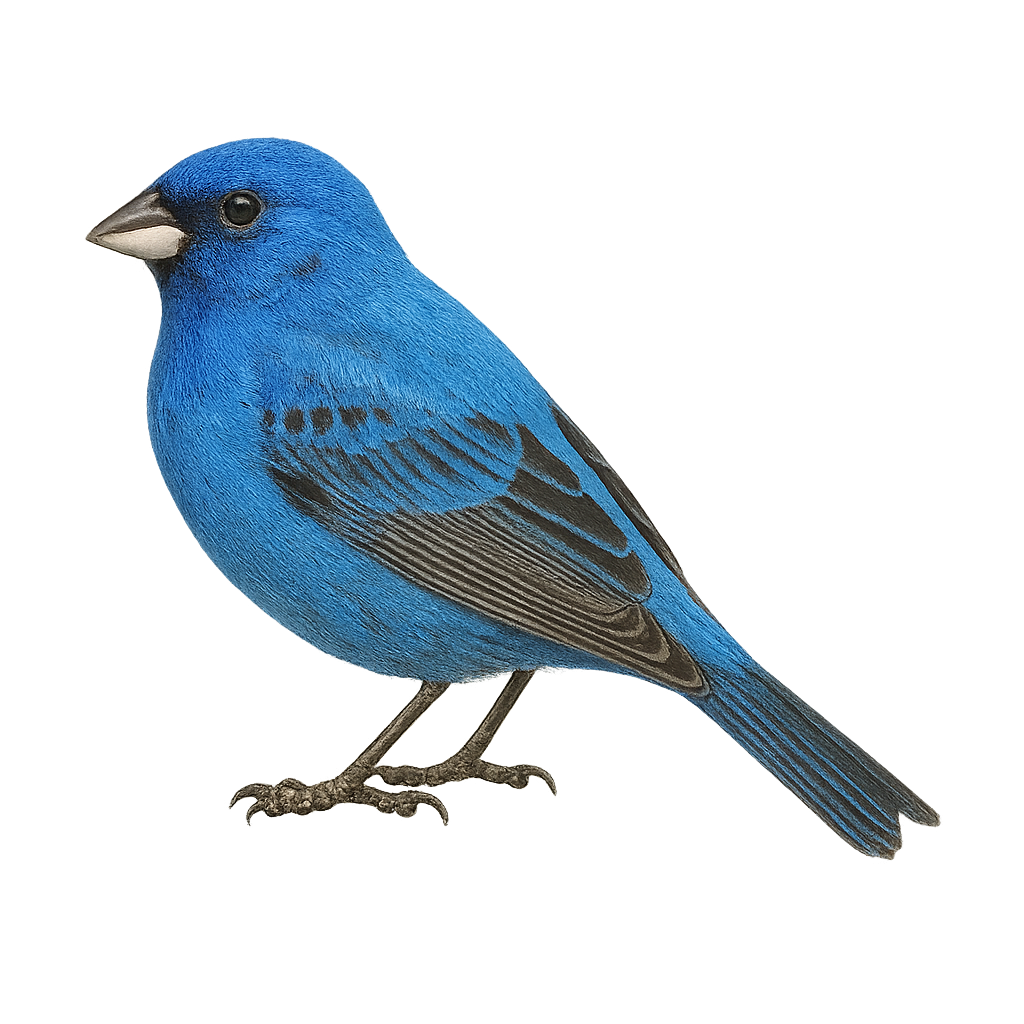Your wildlife photography guide.
Explore the indigo bunting in detail, study its behavior, prepare your shots.
Where to observe and photograph the indigo bunting in the wild
Learn where and when to spot the indigo bunting in the wild, how to identify the species based on distinctive features, and what natural environments it inhabits. The WildlifePhotographer app offers tailored photography tips that reflect the indigo bunting’s behavior, helping you capture better wildlife images. Explore the full species profile for key information including description, habitat, active periods, and approach techniques.
Indigo Bunting
Scientific name: Passerina cyanea

IUCN Status: Least Concern
Family: CARDINALIDAE
Group: Birds
Sensitivity to human approach: Suspicious
Minimum approach distance: 5 m
Courtship display: May to June
Incubation: 12-14 jours
Hatchings: May to July
Habitat:
fields, forest edges, thickets
Activity period :
Primarily active during the day, with peak activity in the morning and late afternoon.
Identification and description:
The Indigo Bunting, Passerina cyanea, is a small songbird native to North America, renowned for the male's vibrant blue plumage during the breeding season. Females and juveniles display a dull brown plumage, aiding in camouflage. These birds migrate south in winter, reaching as far as Central America. They favor open habitats like fields, forest edges, and thickets. Their diet mainly consists of seeds, insects, and berries. The Indigo Bunting's song is melodious and complex, often used to mark territory and attract mates.
Recommended lens:
400 mm – adjust based on distance, desired framing (portrait or habitat), and approach conditions.
Photography tips:
To photograph the Indigo Bunting, choose sunny mornings when natural light highlights the male's vibrant blue. Use a 400mm lens or longer to capture precise details from a distance. Be patient and discreet, as these birds are suspicious. A tripod can be helpful to stabilize your camera, especially with a heavy telephoto lens. Try capturing the Indigo Bunting while singing to add a dynamic dimension to your photos.
From knowledge to field practice
A species profile helps you understand an animal. In the field, the challenge is often different. Remembering your own observations.
The WildlifePhotographer app allows you to:
• record your personal observations
• note locations, dates, and behaviors
• revisit your field references over time
• build a private and long-term field logbook
The app does not provide observation locations.
It helps you organize what you actually observe, with respect for wildlife.

